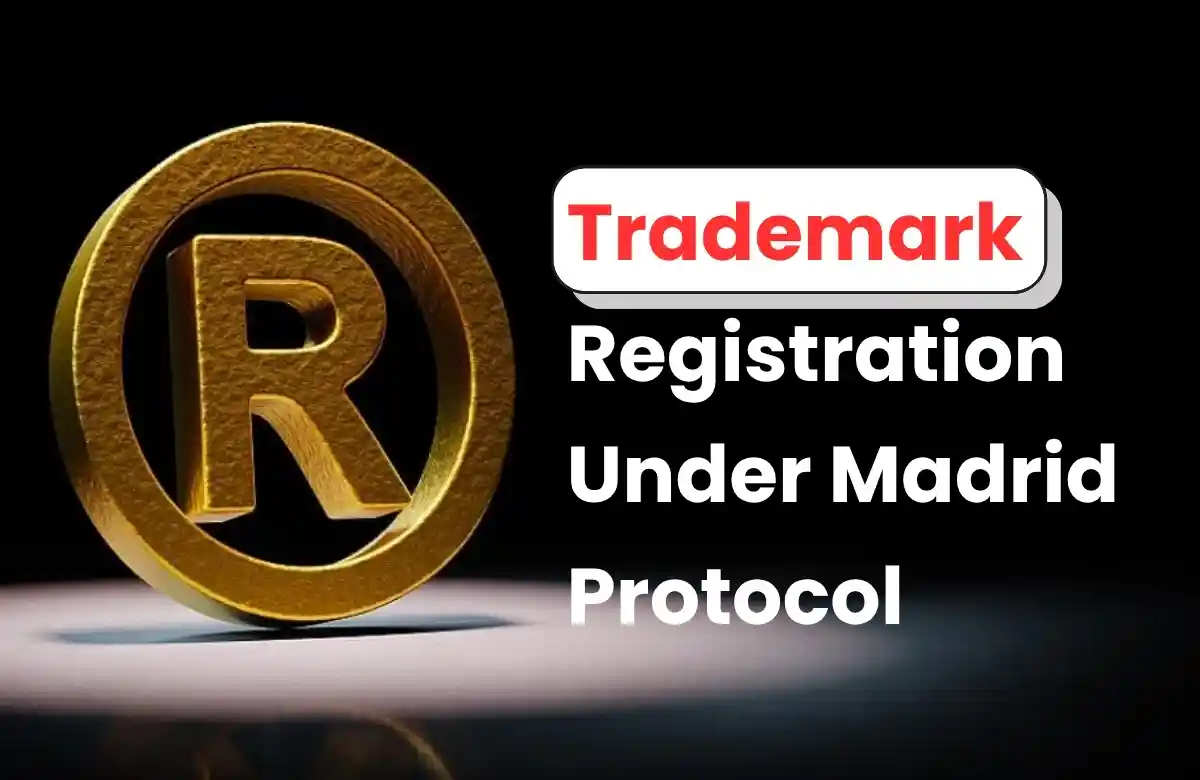
A trademark is one of the most common forms of intellectual property — it gives the owner the right to protect their brand’s unique identity. Every business has something that makes it stand out, Madrid Protocol Trademark Registration stands whether it’s a logo, name, or even a symbol that people instantly associate with the brand. But when your business starts going global, it’s not enough to protect your brand only in your home country. You may also need to secure your trademark in other countries, and that’s where the Madrid Protocol comes in. It’s one of the simplest and most efficient ways to safeguard your brand internationally. Continue reading to discover more about trademark protection under the Madrid Protocol and the latest IP news in India and worldwide.
What Does the Madrid Protocol Mean and Why Is It Important for Businesses?
Before diving into the process of trademark registration under the Madrid Protocol, it’s important to first understand what the Madrid Protocol Trademark Registration actually is — and why it matters, especially for businesses. In simple terms, the Madrid Protocol is an international system that allows businesses to protect their trademarks across the world through a single application. It’s managed by the World Intellectual Property Organization (WIPO) and currently covers over 130 countries, including India.
In today’s global market, where brands operate beyond borders, knowing how to use the Madrid Protocol can make all the difference. It helps you protect your brand identity internationally while saving you from legal headaches in different countries. From a business perspective, if you’re planning to expand your brand overseas, you’ve got two options:
- file separate trademark applications in each country — which is time-consuming and expensive —
- or go through the Madrid Protocol, which is faster, simpler, and more cost-effective.
Under this system, your international registration lasts for 10 years and can be renewed indefinitely in 10-year periods. You can also manage renewals, ownership changes, or add new countries directly through WIPO — no need to file individually everywhere.
As for costs, there’s a basic fee (around 653 Swiss francs, or 903 if your mark is in color), plus additional fees for each country you choose and any extra classes of goods or services. Even with these fees, it’s still much more affordable and convenient than filing separate applications in multiple countries — especially if you’re building a global brand.
Read Also: How to Protect Your AI Innovation with a Patent in India
What Is the Process of Madrid Protocol Trademark Registration?
Now let’s talk about how the Madrid Protocol Trademark Registration process actually works for businesses and trademark owners. It all begins with filing a basic trademark application or registration in your home country — this acts as the foundation for your international application. For instance, if you’re based in India, your base mark would be the one filed with the Indian Trademark Office.
- Once that’s done, you can apply for international protection through your national trademark office — not directly to WIPO. Your country’s office will check the details, confirm that your international application matches your basic one, and then forward it to the World Intellectual Property Organization (WIPO) in Geneva.
- After receiving it, WIPO carries out a formal examination to make sure your application meets all the requirements and that the fees are in order. If everything looks good, WIPO will register your mark in the International Register, publish it in the WIPO Gazette of International Marks, and issue a certificate of international registration.
- But here’s the thing — just because it’s registered internationally doesn’t mean it’s automatically protected in every country you picked. Each of your designated countries will still review your application according to their own national laws. If everything checks out, protection is granted automatically. If there’s a problem, the country might issue a provisional refusal, and you’ll have to respond — usually through a local lawyer there.
- Once approved, your international registration is valid for 10 years, and you can renew it indefinitely in 10-year periods. You can also easily handle renewals, ownership changes, or even add new countries later through WIPO’s eMadrid portal, which makes managing everything super convenient.
Conclusion
In today’s global marketplace, protecting your brand internationally isn’t just a smart move — it’s essential. The Madrid Protocol offers a simple, affordable, and efficient way to safeguard your trademark across multiple countries through a single application. It saves time, cuts costs, and gives you centralized control over your international trademark portfolio. For any business looking to expand beyond borders, understanding and using the Madrid Protocol can make all the difference in keeping your brand identity strong and secure worldwide.
Read Also: L’Oréal Faces Legal Challenge from UK Small Business Over ‘nkd’ Trademark
